Peugeot e-Traveller L2 50 kWh
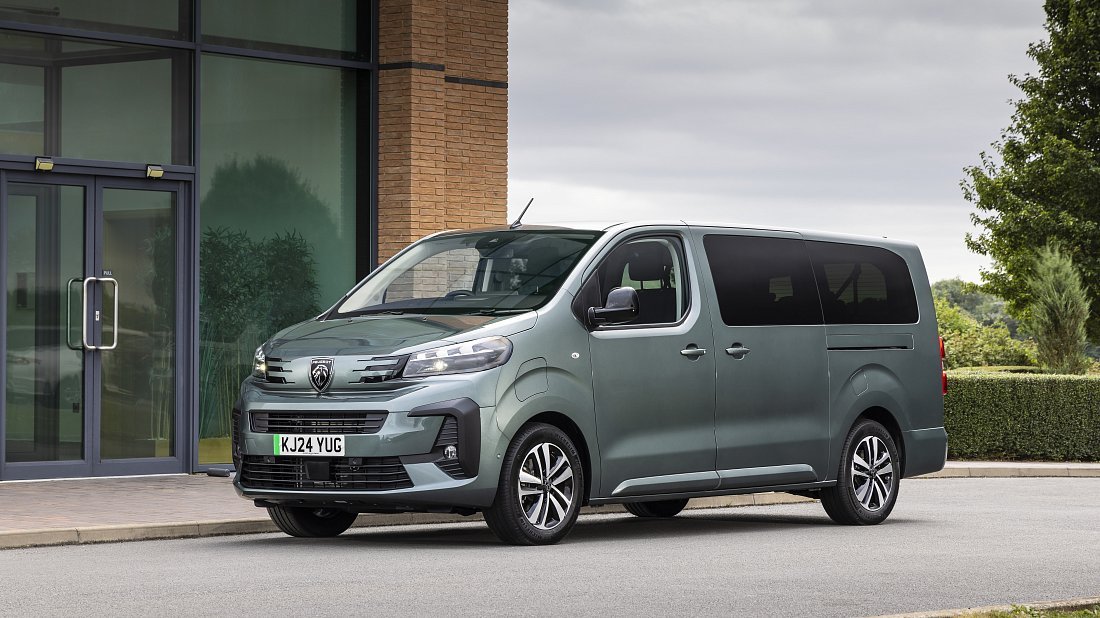
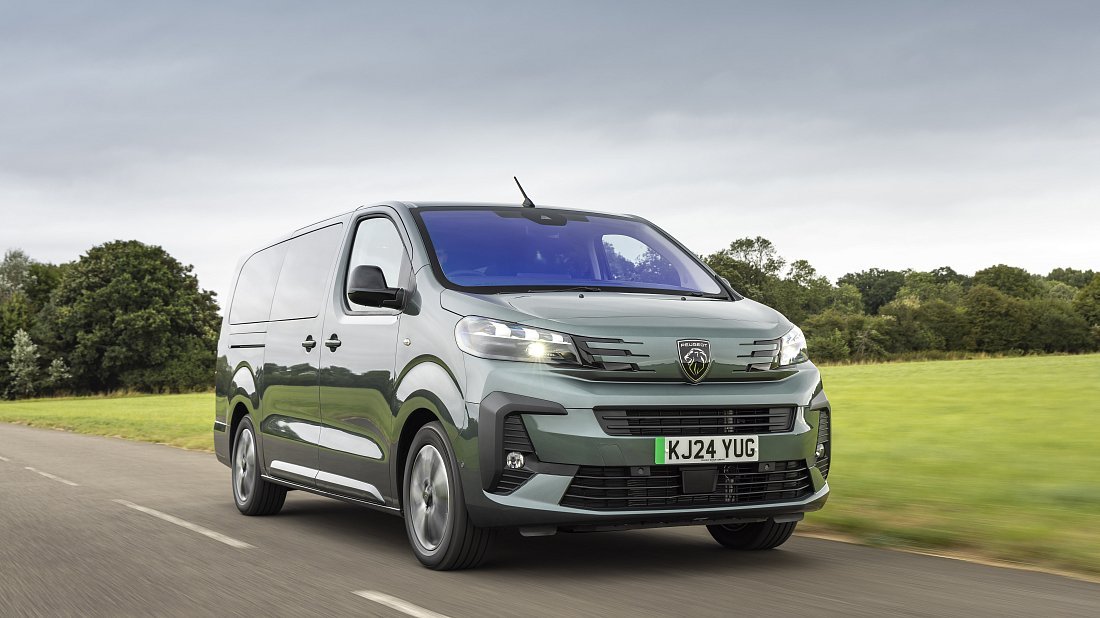



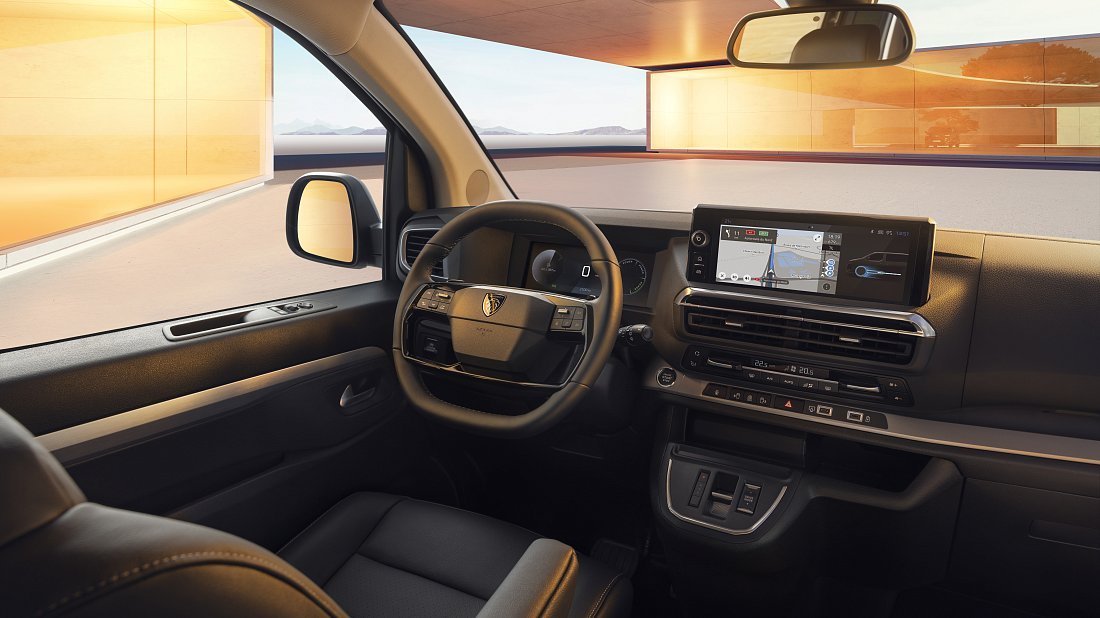
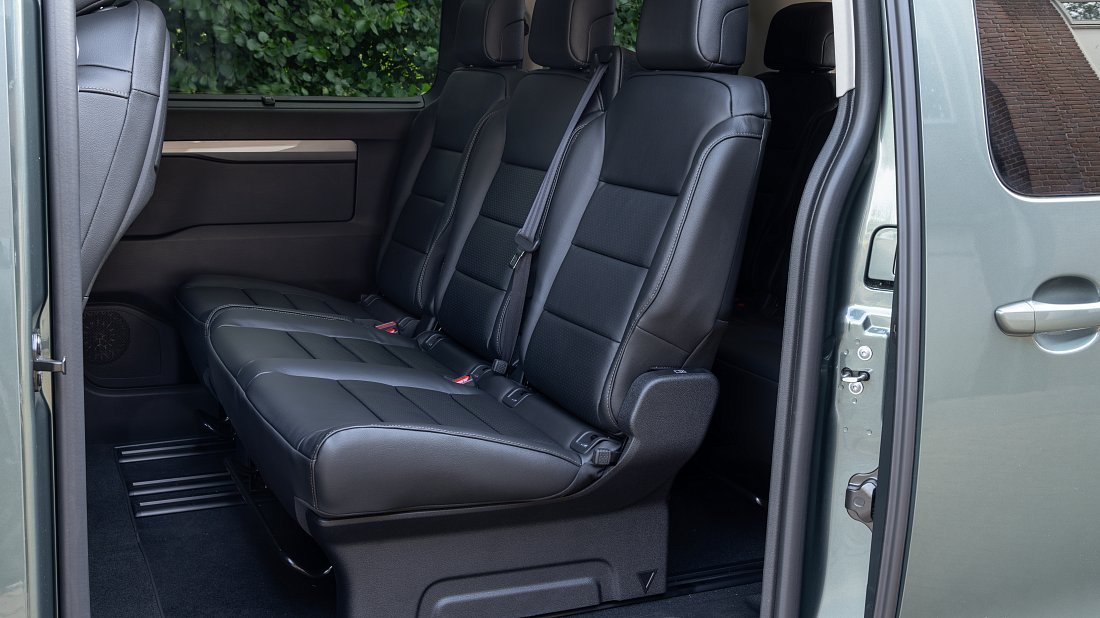
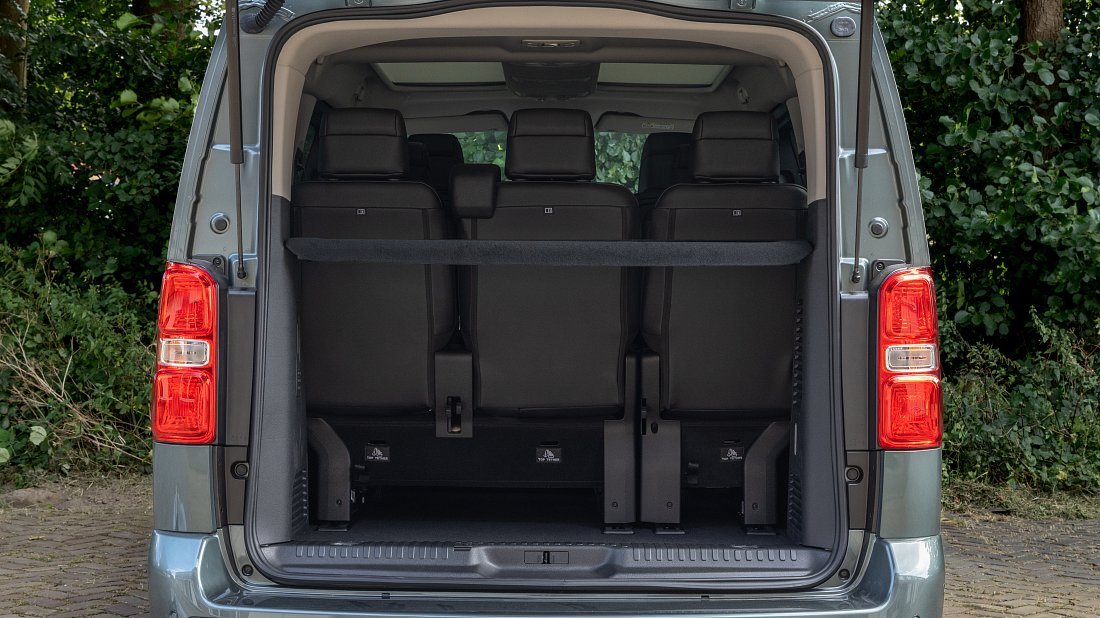
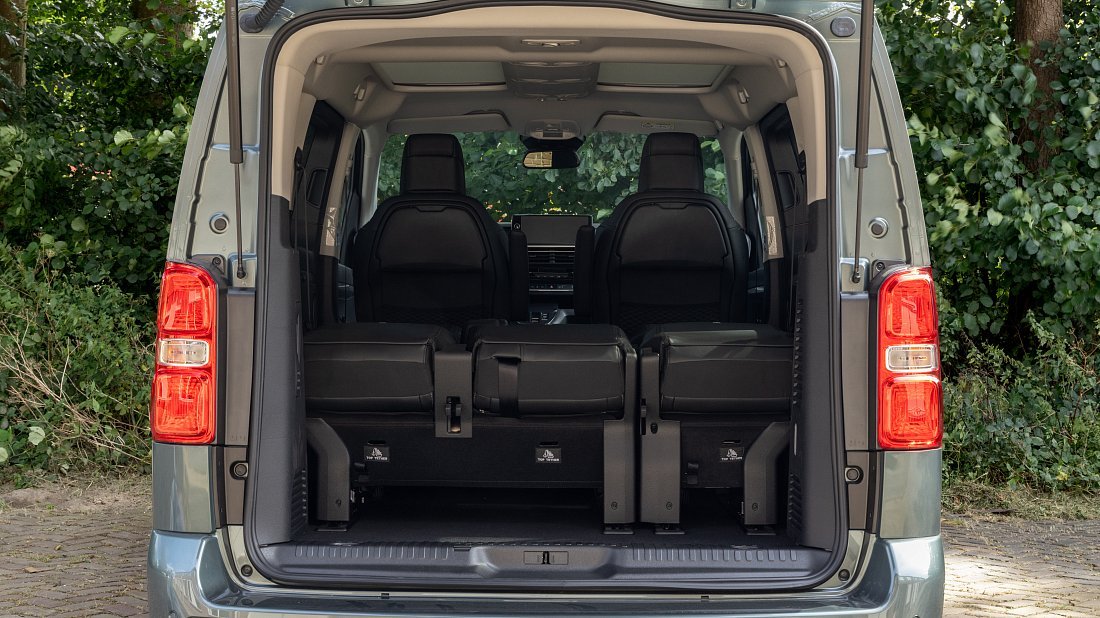
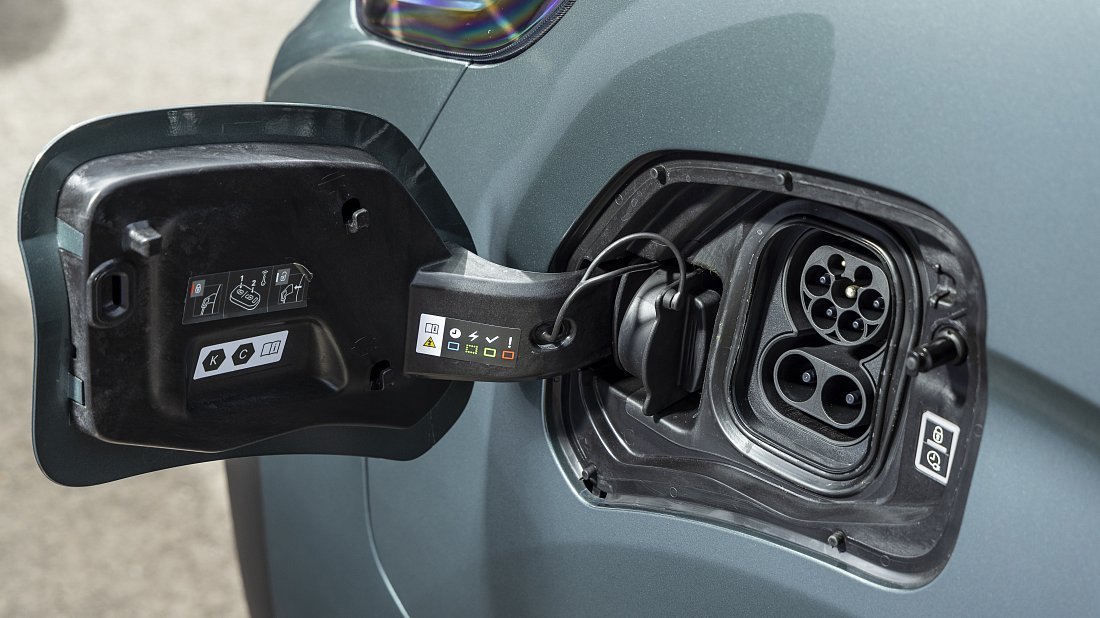
Overview
Main Overview Information
- Price USA (New)
- No Data
- Price USA (Used)
- No Data
- Country of Manufacture
-
- France
![France France]()
- Turkey
![Turkey Turkey]()
- UK
![UK UK]()
- France
- Years of Production
- 2024-… (Produced)
- Body Style
- Minivan
![]()
- Market Availability
- EU
Pros and Cons
Reasons to Buy
- Seats up to nine
- Huge cargo space
- Modern interior tech
- Decent towing ability
Reasons Not to Buy
- Very short range
- Slow 0-60 mph
- Not sold in US
- Small battery size
Overview
The 2025 Peugeot e-Traveller L2 50 kWh is an all-electric minivan, a common sight on European roads, offering flexible seating for up to nine. While not officially sold in the US, it represents Peugeot's take on practical, zero-emission people-moving. This L2 version with the 50 kWh battery aims for a balance of urban utility and passenger capacity. If it were to hit US shores, it would likely appeal to families or businesses needing a versatile electric shuttle. Pricing isn't available for the US market, reflecting its current European focus.
What's New for 2025?
For the 2025 model year, the e-Traveller L2 50 kWh largely carries over recent significant updates. This includes a refreshed front-end design featuring Peugeot's latest shield emblem and more modern headlamps. Inside, the dashboard has been revamped, now boasting a standard 10-inch digital instrument cluster and a new 10-inch central infotainment touchscreen. These updates bring a more contemporary feel and improved tech interface to this practical electric van, focusing on enhanced driver interaction and a slight boost in overall efficiency for its powertrain.
Design & Exterior
The e-Traveller L2 50 kWh sports a distinct, function-first van silhouette, now modernized with Peugeot's sharper design language, including a bold new grille and sleek headlights. It’s a sizeable machine, measuring 196.2 inches in length, 75.6 inches in width (mirrors folded), and standing 74.4 inches tall, making it a substantial presence. This L2 configuration offers a good compromise between interior space and maneuverability. While utilitarian, its updated styling gives it a more contemporary European flair, though wheel options are typically focused on durability for this workhorse.
Interior, Tech & Cargo
Inside, the e-Traveller L2 is all about maximizing space and practicality, with seating for five up to a whopping nine passengers depending on configuration! The updated cabin features a new 10-inch digital driver display and a 10-inch central touchscreen, likely supporting Apple CarPlay and Android Auto. Cargo is king here: you get 21.3 cubic feet behind the rearmost seats, expanding to a massive 140.1 cubic feet with seats folded. While materials are generally robust and durable rather than plush, the focus is on versatility for families or shuttle duties. Unfortunately, there's no frunk.
Performance & Driving Experience
Don't expect a rocket ship, but the e-Traveller L2 50 kWh offers decent poke for its mission. Its single Permanent Magnet Synchronous Motor (PMSM) sends 100 kW (around 134 hp) and 199 lb-ft of torque to the front wheels. Acceleration from 0-60 mph takes a leisurely 12.8 seconds, with a top speed of 81 mph – perfectly adequate for city commuting and some highway stints. The driving experience is geared towards comfort and ease of use, with a smooth power delivery typical of EVs and selectable regenerative braking modes to help recoup energy.
Range, Battery & Charging
The e-Traveller L2 is equipped with a 46.3 kWh usable battery pack. Green Cars Compare estimates a real-world range of around 119 miles, with an efficiency of 2.57 mi/kWh. For charging, the standard 11 kW onboard AC charger can top up the battery from empty in about 4.5-5 hours. For quicker pit stops, it supports DC fast charging at up to 101 kW, which can take the battery from 10-80% in roughly 25-30 minutes. While it uses a CCS Type 2 port in Europe, a US version would likely adopt a CCS Type 1 connector.
Safety & Driver-Assistance Features
Official US NHTSA safety ratings are not available as the e-Traveller isn't sold stateside. European counterparts under the Euro NCAP program offer a glimpse, often showcasing good passive safety. For the 2025 model, expect a suite of driver-assistance systems, potentially including standard autonomous emergency braking, lane keeping assist, and driver attention alert. Features like adaptive cruise control and blind-spot monitoring would likely be available, possibly as part of optional packages, to enhance safety on longer journeys or in busy urban environments.
Warranty & Maintenance Coverage
If the Peugeot e-Traveller were offered in the US, its warranty would likely mirror typical EV standards: a basic vehicle warranty around 3 years/36,000 miles or potentially up to 5 years/60,000 miles, and a battery warranty of 8 years/100,000 miles, guaranteeing a certain percentage of capacity. Powertrain coverage would be similar. Electric vehicles like the e-Traveller generally boast lower maintenance costs than their combustion-engine counterparts due to fewer moving parts, meaning fewer trips to the shop for routine servicing, primarily focusing on tires, brakes, and cabin filters.
Previous Generation
Next Generation
There are no newer versions of this carPopular Videos
Similar Electric Cars
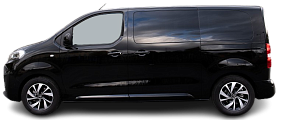
- Real Range
- 186 mi
- 0-60 mph
- 13.7 s
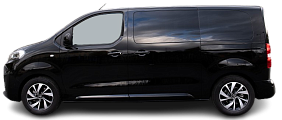
- Real Range
- 119 mi
- 0-60 mph
- 12.8 s

- Real Range
- 186 mi
- 0-60 mph
- 11.5 s

- Real Range
- 119 mi
- 0-60 mph
- 10.4 s
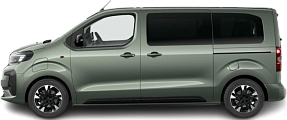
- Real Range
- 186 mi
- 0-60 mph
- 11.5 s
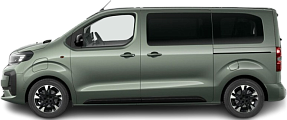
- Real Range
- 119 mi
- 0-60 mph
- 10.4 s
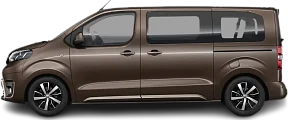
- Real Range
- 175 mi
- 0-60 mph
- 11.5 s

- Real Range
- 122 mi
- 0-60 mph
- 10.4 s
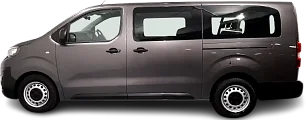
- Real Range
- 122 mi
- 0-60 mph
- 12.6 s
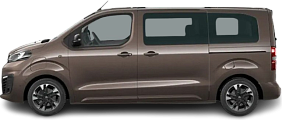
- Real Range
- 175 mi
- 0-60 mph
- 11.5 s





 Peugeot e-Traveller Standard 50 kWh (2020-2024)
Peugeot e-Traveller Standard 50 kWh (2020-2024)